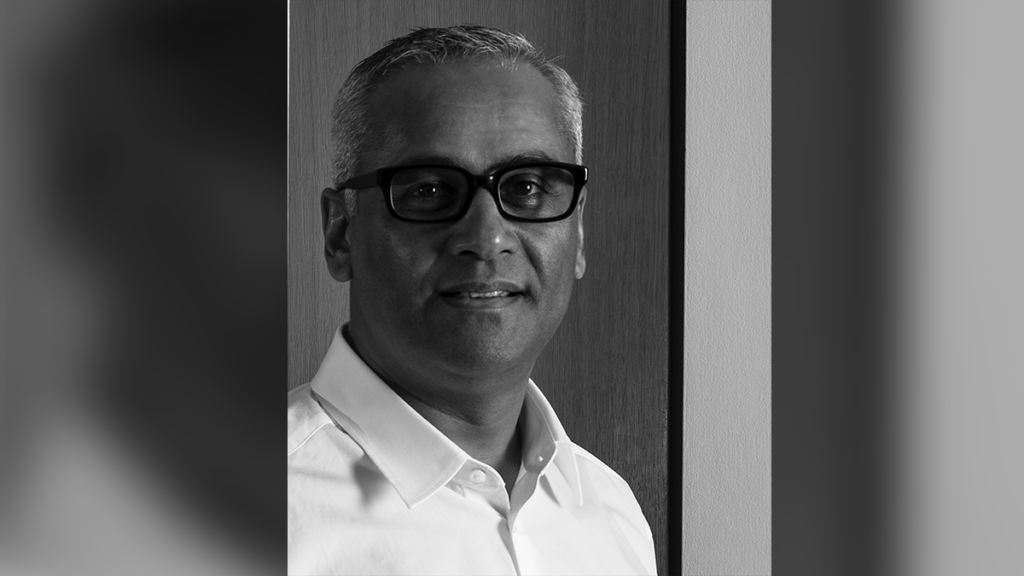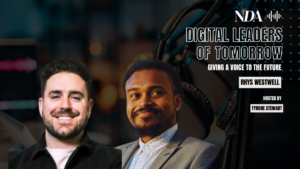Ajab Samrai is Global Chief Creative Officer at BLITZWORKS, a strategic and creative consultancy. He has been Regional Creative Director at Saatchis, Global Creative Director within WPP, and Chief Creative Officer O&M Japan and APAC.
Who is your digital Hero?
In 2013, after a long career as a creative director in London, I was craving a change of direction. Even though Tokyo was known as a graveyard for foreign talent, impenetrable for outsiders, I accepted the role of Chief Creative Officer of the WPP O&M Group in Japan
What tipped it for me was that Dentsu Japan had just produced the mesmerising work ‘Sound of Honda – Aryton Senna 1989’. So my digital heroes are the Dentsu Tokyo creative team that produced this sublime piece of work: Kaoru Sugano, Yu Orai, Nadya Kirillova, Sotaro Yasumochi and Kyoko Yonezawa
What have they done to win hero status in your eyes?
They started with a single piece of paper with the dry driving data from Aryton Senna’s F1 car’s on-board telemetry system which had recorded the world’s fastest lap in the 1989 Japanese Grand Prix.
Taking this data, they came up with the idea of a meticulous reenactment of that famous lap with sound and light utilising a mix of hundreds of speakers and LED lights positioned around the 5,807 meter Suzuka circuit.
The end result was a mesmerising fusion of light and sound that managed to bring a dead man back to life, it was like watching a ghost drive around Suzuka. Far from being dark and eerie, the project was full of humanity and had a spiritual, uplifting quality.
How has their heroism helped drive digital?
They set the gold standard for digital creative work which still stands to this day, a data-driven idea that became a global viral sensation. I think it was also the first piece of work that had ‘crossover impact’ it made traditional agency creative drop the arrogance towards their fellow digital creatives. People realised there was no such thing as digital creatives or traditional creative, there were just creatives.
‘Sound of Honda’ also inspired a new generation – it is still one of the most quoted pieces of work when I’m interviewing young talent.
What’s the biggest challenge in digital we need another hero to solve?
The biggest challenge for me is not a tech one but a human one. I started my career at Saatchi & Saatchi London in 1987. I was one of the first British Asians to break into the business, you could count us on one hand.
We have more diverse casting, but we lack significant representation in client and agency structures where the decisions are made both at the rank and file and management levels.
So I think we can all be heroes in the choices we make when promoting and hiring, we should all need to do our bit to break down barriers.
Report after report from people like McKinsey reinforce that a diverse workforce leads to financial success, improved company culture and staff wellbeing. In my personal experience time and time again when you champion ethnic minorities, women and LGBTQ+ communities you get better and more innovative solutions leading to standout, effective work. In short, from diversity comes magic.
What is your most heroic personal achievement so far in digital?
I have hired the right mix of people at the right time and they have made me look better than I am.
But if I had to choose a digital piece of work that I particularly enjoyed making it was for Sony Entertainment Japan and their heavy metal mega-band, Crossfaith.
Hundreds of albums are launched in Japan each year and we were tasked with creating a promotion idea that would generate anticipation and buzz around the new album.
Tapping into the fiercely loyal global fan base we landed on the idea of promoting the album by way of a customised personal visual experience that required fans to earn the signature track Diavolas for free in a fun (although potentially whiplash-inducing) interactive way.
We created the Makeitmetal.jp website where visitors were greeted with a series of tongue-in-cheek instructions which invited them to headbang in front of their webcams in order to unlock the live streaming of the signature track.
We started by making an algorithm that captured the headbanging movements of 50 metal fans. This data was then fed into optical flow a motion tracking programme that reacted to colour and brightness, a pioneering tool in the field of facial recognition technology at the time.
But there was a catch, the technology was so sensitive it was designed to read every individual head banging movement so the moment the fan stopped headbanging the music stopped streaming too.
Offering fans even more incentive if they made to the end of the track an image-tracking algorithm on the site also rewarded them with a personalised artwork signed by the band based on how much skill, enthusiasm and dedication the fan demonstrated in their head banging. This was immediately shareable on social media, helping spread the word further.
This blend of advertising, art, data and technology delivered a unique interactive experience and the site had had 20,000 people engaging in the first hour across 114 countries and resulted in an 80% increase in projected sales.
Ultimately, the real hero was the client for buying the idea.









